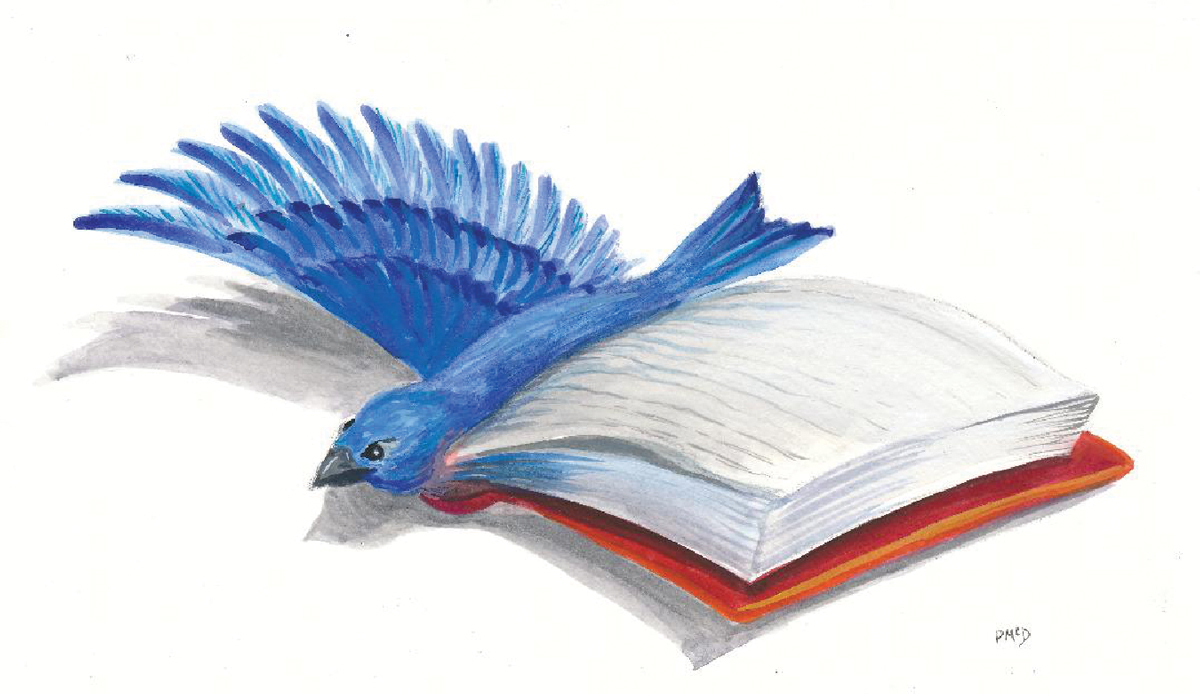 |
|
A possible factor in developing CBS might be residual visual field, as one study found those with large residual visual areas and diffuse visual field defects were more likely to experience visual hallucinations during training stimuli. Photo: Paula McDowell, OD. Click image to enlarge. |
An investigation conducted in Germany explored the visual disturbance known as Charles Bonnet syndrome (CBS) in visually impaired people without mental impairment. To date, prevalence estimates have varied greatly.
Included in the research were 194 patients with visual acuity ≥0.5 logMAR; 50 were eligible and agreed to participate. Of this low vision cohort, 26% were found to have CBS.
Generally, insight into the unreality of the images was not achieved immediately. Pattern-type (or “simple”) hallucinations occurred just as frequently as more complex images, like manifestations of people, body parts or faces; the most common hallucinations were animals. It was also found that in most cases, the hallucinations only lasted a few seconds, and they happened more frequently in bright environments and during the day. All patients exclusively experienced the hallucinations with their eyes open, and the images did not generally move in correspondence with the eyes. Many of the patients did not communicate about their disturbances or consult a doctor about them.
|
For more on CBS and other visual hallucinations, see this feature. |
In the discussion section of their paper for International Ophthalmology, the researchers communicate that their estimate of 26% prevalence in low vision patients is in line with previous reports, which vary from 6% to 34%. They also elaborate that the prevalence of CBS in low vision patients is similar to other populations with various ophthalmic conditions, like glaucoma, with reported prevalence of 23%, patients with retinal diseases (38% to 40%) and in vision rehabilitation centers (19% to 35%). As the authors explain in their paper, “these findings suggest that low vision and ocular pathology are in fact risk factors for the development, as CBS occurred in all groups.”
The investigators continue that although their data did not statistically indicate women to be affected more often, their data did suggest a preponderance of women among CBS patients, which has been found in other studies, too.
Patients did not immediately realize the unreality of images in 46.2% of the cohort; however, insight into the unreality of images is a key feature often required for a CBS diagnosis—also recognized in the literature. The simple hallucinations were often described as flashes, sparks, bugs, color fields, snowflakes, mist, geometric patterns and shapes. Although these types of images occurred just as often as complex ones, simple hallucinations have been reported in up to 23% of patients who saw at least one other complex image. Because of this, the authors believe “the requirement that at least one complex image occurs alongside other, simpler hallucinations might be a useful tool to make an accurate differential diagnosis.”
Perhaps most worrisome is that 38.5% of patients did not communicate their hallucinations, while suffering can cause interference with daily activities, making it a concern. Due to this observation, the authors feel “the management of CBS may benefit from encouraging patients to share their experiences and consult a physician. It may also be beneficial to conduct education campaigns for medical providers, as awareness of CBS among physicians appears to be low, but crucial to ensure that patients receive the appropriate support and care.”
Cristoph SEG, Boden KT, Pütz A, et al. Epidemiology and phenomenology of the Charles Bonnet syndrome in low-vision patients. Int Ophthalmol. 2024;44:375. |


